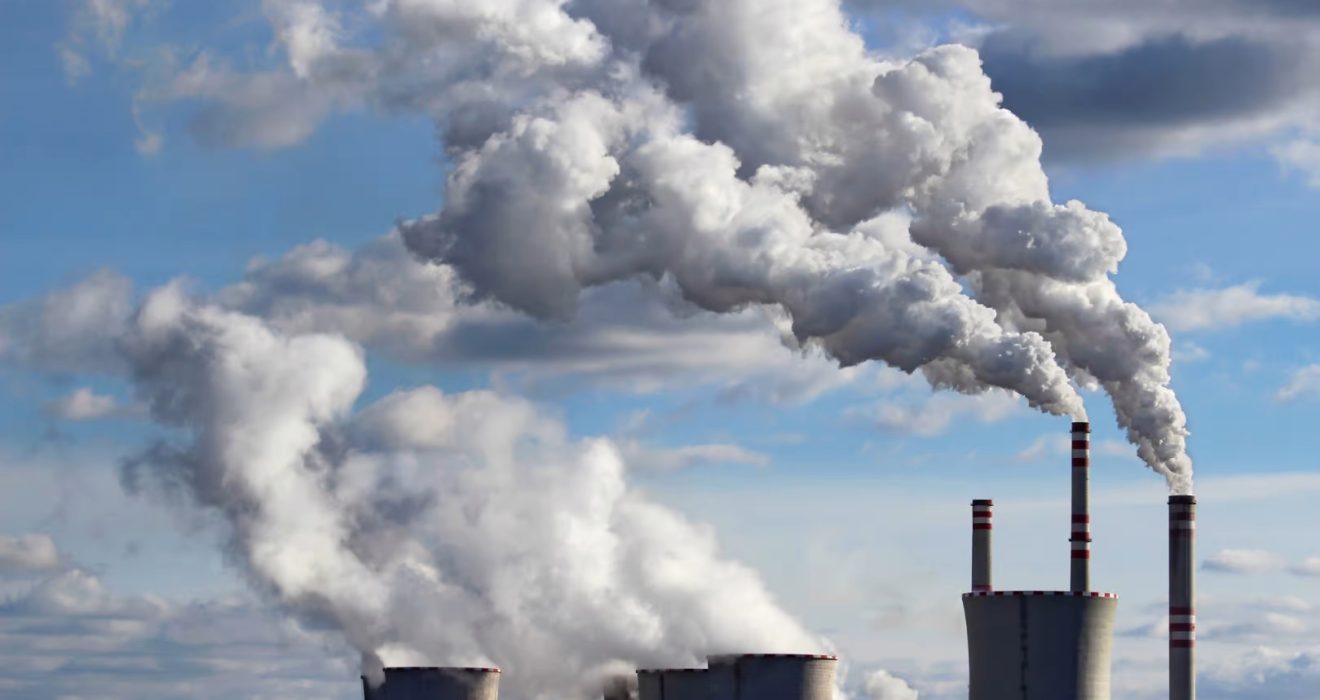Carbon dioxide (CO2), which contributes significantly to emissions of greenhouse gases and global warming, can converted from a pollution to a beneficial resource. Scientists from the US Department of Energy’s (DOE) Argonne National Laboratory, Northern Illinois University, and Valparaiso University invented an array of tin-based catalysts able to convert CO2 into widely produced chemicals such as ethanol, acetic acid, and formic acid. These compounds are found in a wide range of industrial and home products, and this novel approach has the potential to transform how we use carbon emissions.
A Revolution in CO2-Conversion:
The recently discovered catalysts composed of tin metal placed on a carbon support. According to Di-Jia Liu, a senior chemist at Argonne and a senior scientist at the University of Chicago’s Pritzker School of Molecular Engineering, these catalysts have the potential to convert CO2 emissions from a variety of industrial sources, such as power plants powered by fossil fuels and bio-fermentation facilities, into valuable chemicals. “If fully optimized, our catalysts might transform the CO2 produced from multiple industrial facilities to lucrative chemicals,” Liu said.
The process used by the study team is recognized as electrocatalytic conversion. This process uses electricity to power the transformation of CO2 across a catalyst. By varying the size of the tin particles from a single atom to ultrasmall clusters and bigger nanocrystallites. The researchers were able to manage the degradation of CO2 into acetic acid, ethanol, and formic acid with 90% or higher selectivity for each chemical. “Our observation of an evolving reaction mechanism by the catalyst’s size is unusual,” Liu said.
Understanding of Reaction Mechanism:
The researchers gained valuable insights into the chemical mechanisms that generate these three hydrocarbons through an integration of analytical and experimental experiments. One particularly noteworthy finding was the effect of shifting from normal water to deuterated water (containing deuterium, a hydrogen isotope) on the chemical route. This phenomenon, also known by the term kinematic isotope effect, has not before been seen in CO2 conversion. Under these conditions, the reaction path radically changes, opening up new study and optimization opportunities. Understanding these mechanisms on a deeper level is critical for refining the catalyst and increasing its effectiveness and selectivity.
The research benefited considerably from two DOE Office of Science customer facilities at Argonne National Laboratory. The Advanced Photon Source (APS) with the Center for Nanoscale Materials. According to Argonne scientist Chengjun Sun, “Using the powerful X-ray beams present at the APS, we acquired both the chemical and electronic configurations of the tin-based catalysts at various tin loadings.” Furthermore, the great spatial resolution given by an electron transmission microscope at CNM enabled direct observation of the configuration of tin atoms, ranging from one atom to small clusters, with various catalyst loadings. These new methodologies allowed the researchers to get precise insights into the catalysts’ structure and activity. Which is critical for future development and optimization.
Renewable Energies Integration:
Liu underlined the eventual goal of incorporating these catalysts into a low-temperature electrolyzer. Which is powered by locally generated renewable energy sources such as wind and solar power. This integration would allow the manufacture of required substances for local consumption, decreasing the requirement for CO2 transportation and storage.
Low-temperature electrolyzers, which can work at temperatures and pressures close to ambient, are ideal for this purpose because they can start and stop fast, accommodating the unpredictable nature of renewable energy sources. “If we can precisely produce only chemicals that required near the location, we can help reduce CO2 shipping and storing costs,” Liu said. “It could be a win-win scenario for local consumers of our technology.”
Facing Issues:
While the discovery represents a huge step forward, there are still obstacles to resolved before the innovation can broadly adopted. Additional research and development will be required to scale up catalyst production and integrate them into established industrial processes. Furthermore, guaranteeing the economic feasibility of the method is critical for wider adoption. The research team is dedicated to overcoming these obstacles and investigating the adaptability and integration of tin-based catalysts into a variety of industrial applications.
Impact of Policy and Industry:
The successful application of this technology has the potential to affect legislative and regulatory frameworks governing greenhouse gas emissions and climate change prevention. Governments and regulatory agencies may consider rewarding the use of such technologies with subsidies, tax cuts, or carbon credits. Policymakers can accelerate the transition to a low-carbon economy and encourage sustainable industrial practices by encouraging creative solutions like this. Organizations that adopt these innovations early might profit from lower regulatory risks, more responsibility for society, and a competitive advantage in the market.
Intellectual and Social Engagement:
To achieve the best possible beneficial effects of this research, it is critical to engage citizens and educational institutions. Increasing public knowledge about the possibilities and benefits of CO2 conversion technology can help to build public support and inspire future generations of engineers and scientists to pursue professions in this sector. Academic initiatives, seminars, and public speaking events can all contribute to the spread of information and the inspiration of new ideas. We can expedite the introduction of sustainable technology and build a more flexible and ecologically conscious society by encouraging collaboration among scientists, politicians, entrepreneurs, and the general public.
Conclusion:
The creation of tin-based catalysts for converting CO2 into beneficial household compounds is a remarkable accomplishment. It demonstrates the power of scientific discovery to address serious environmental issues. This technique, which converts a greenhouse gas into precious materials, provides a promising alternative for lowering CO2 emissions and promoting sustainable industrial practices. With sustained study, development, and cooperation, we can realize every potential of this innovation. And pave the path for a more environmentally friendly, sustainable future. The fantasy of a better future is not only attainable but also necessary for the health of the environment and future generations.

